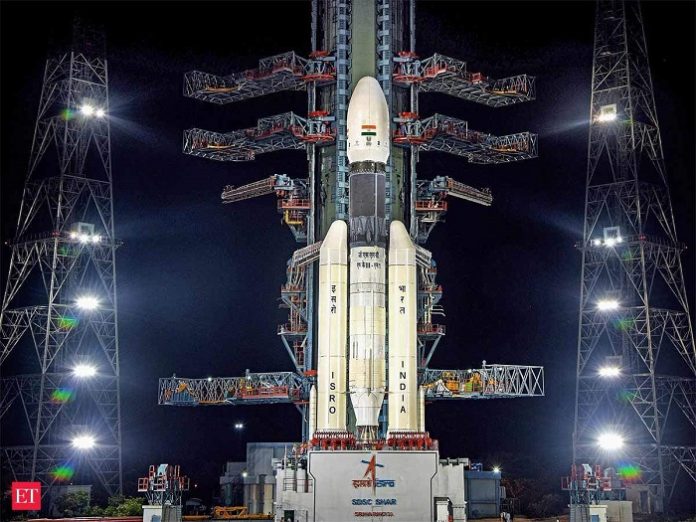Hit by the Coronavirus pandemic, the Indian Space Research Organisation (ISRO) will likely launch the much-awaited Chandrayaan-3 mission to the Moon in the third quarter of 2022. The new timeline was revealed by Minister of State (Independent Charge) Science & Technology Dr Jitendra Singh, who said, “work of Chandrayaan-3 is in progress.”
The minister in a written reply to Lok Sabha said that “Work on Chandrayaan-3 involves various processes including finalisation of configuration, subsystems realisation, integration, spacecraft level detailed testing and a number of special tests to evaluate the system performance on earth.”
The work on Chandrayaa-2’s successor was affected due to the coronavirus pandemic and the impending lockdown. “However, all work that were possible in the work from home mode were taken up even during lockdown periods. Chandrayaan-3 realisation resumed after commencement of the unlock period and is in the matured stage of realization,” the Department of Space said in a statement.
Chandrayaan-3 was earlier slated to be launched this year, 2021. However, the Covid-19 lockdown affected several projects of the Indian Space Research Organisation (ISRO) including the lunar mission.
“We are working on it. It is the same configuration like Chandrayaan-2 but it will not have an orbiter. The orbiter launched during Chandrayaan-2 will be used for Chandrayaan-3. With that, we are working on a system and mostly the launch will be next year in 2022,” Isro Chief K Sivan had said earlier in February.
The latest announcement comes on the heels of the second anniversary of the unsuccessful Chandrayaan-2 mission that crash-landed on the far side of the Moon. However, the orbiter is still working and conducting critical observations of not only the lunar surface but also the solar system.
Chandrayaan-3 is critical for ISRO as it will demonstrate India’s capabilities to make landings for further interplanetary missions.
The Chandrayaan-3 takes cues from the first Chandrayaan mission launched in October 2008 that made major discoveries including finding evidence of water on the lunar surface.








